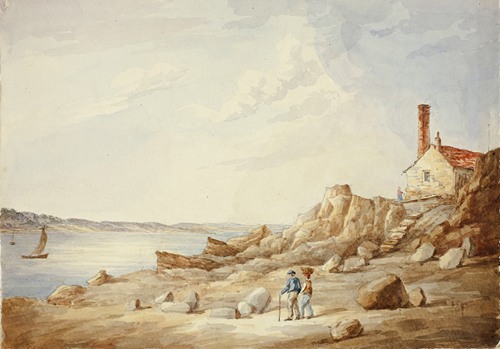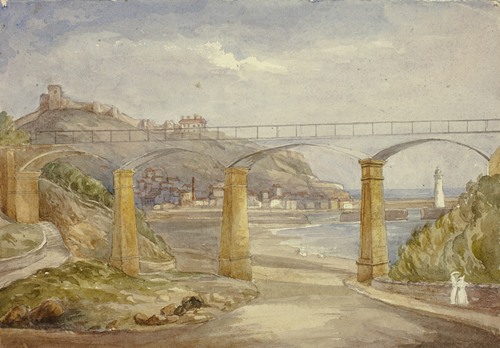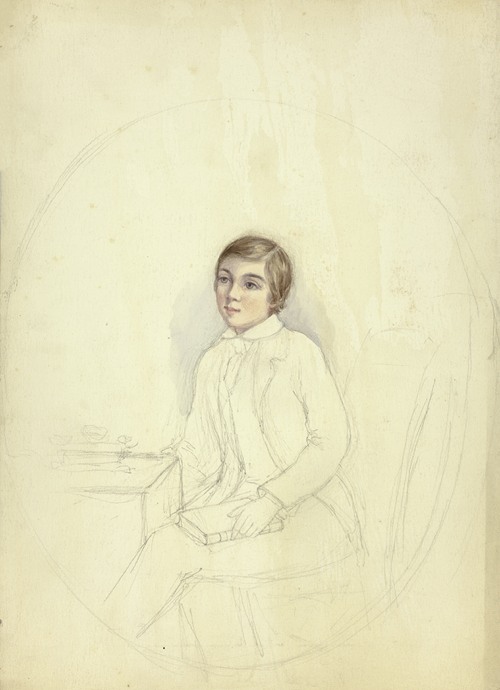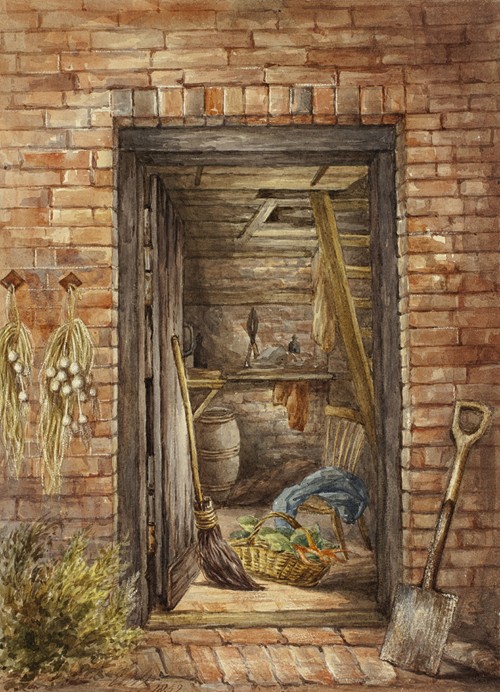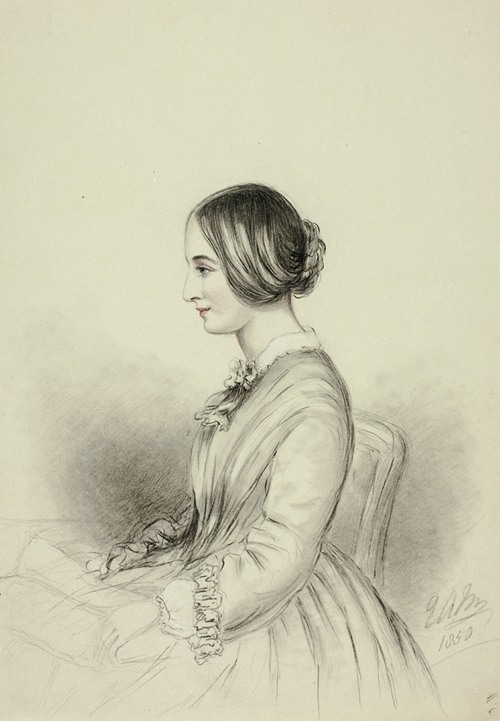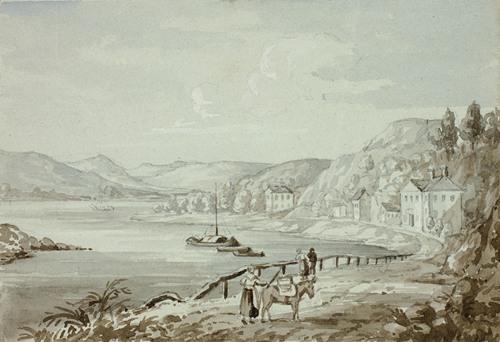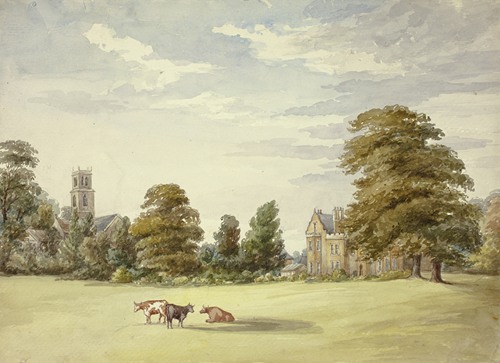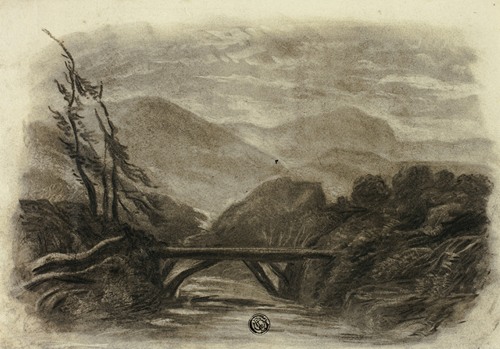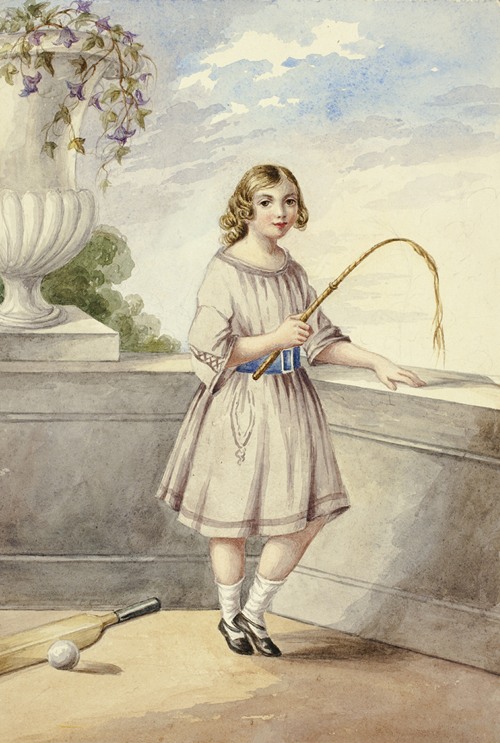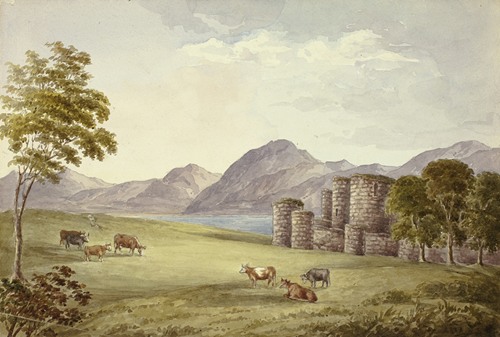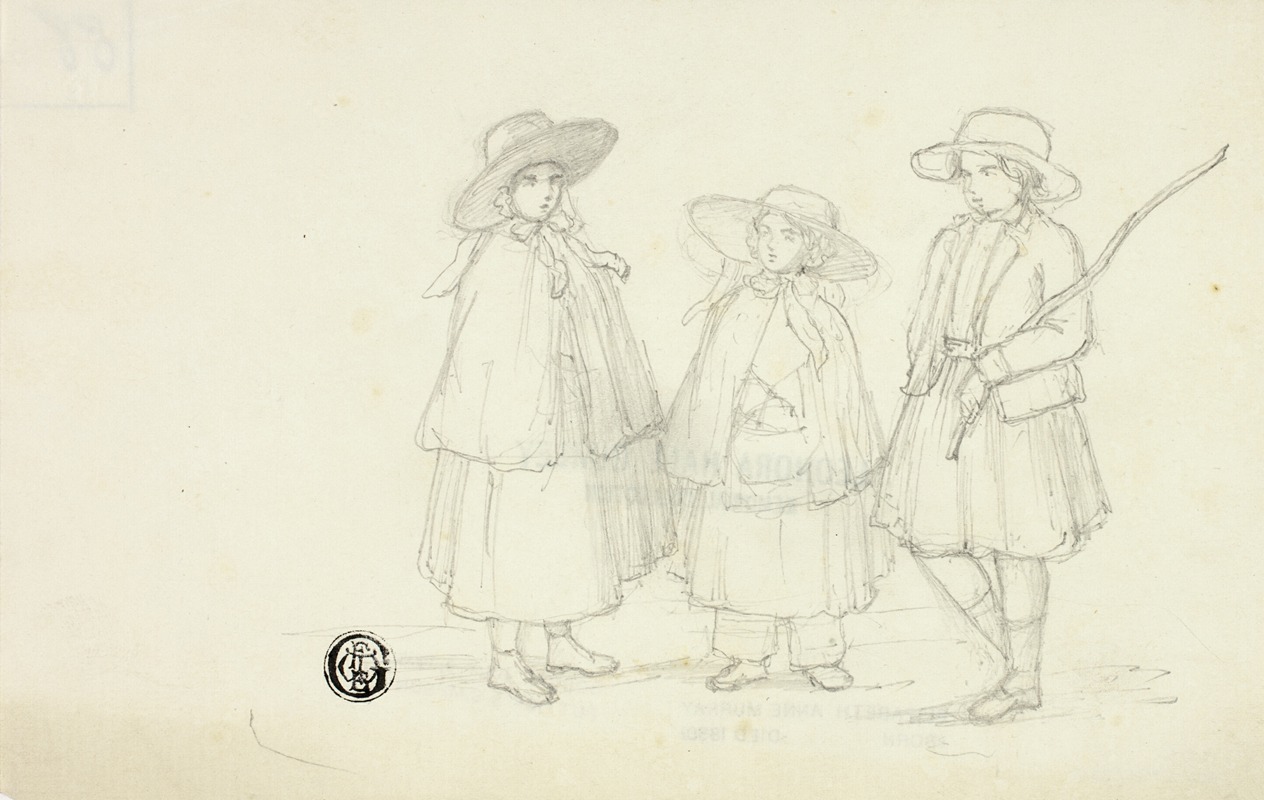
Elizabeth Murray, born Elizabeth Heaphy, was a British watercolourist. She primarily painted portraits and landscapes of the Canary Islands, where she lived for ten years. She was a member of the Royal Institute of Painters in Water Colours, and in 1857 was one of the founders of the Society of Female Artists in London, serving on its first committee.
Murray's father was Thomas Heaphy, also a watercolour painter. She first learned to paint from him, and they travelled and painted together. She continued to travel and live across the world, and paint scenes and portraits from these places: in particular, Rome, Morocco, the Canary Islands (particularly Tenerife), and New England. She married Henry John Murray, a British consul whom she met when living in Morocco, and moved with him as he was assigned to the Canary Islands.
In 1859, Murray published a two-volume monograph, Sixteen Years of an Artist's Life in Morocco, Spain, and the Canary Islands. This was received negatively in the Canary Islands because of its criticism of Canarian society, Spanish officials, and its comments about the decline of Tenerife. Possibly because of the resultant animosity towards the Murrays, her husband requested to be transferred to a new location, and in 1860 they moved to Portland, Maine in the United States where he took up a new consulate position.
